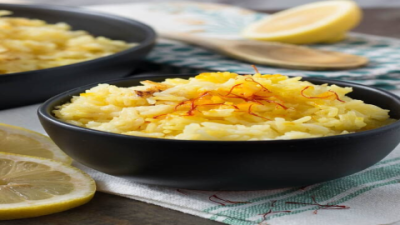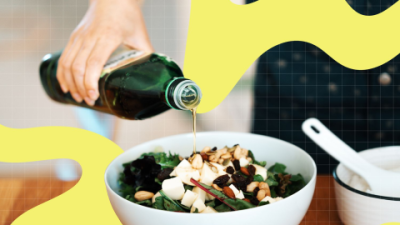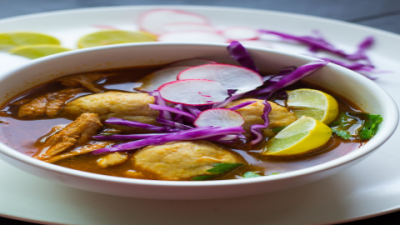Whiskey and Scotch—these two words often get tossed around like they’re the same thing, but trust me, they’re not. If you’ve ever found yourself staring at a shelf full of bottles, wondering what actually sets Scotch apart from whiskey, you’re not alone. It’s a question that pops up a lot, and honestly, it’s worth digging into because once you get the hang of it, your appreciation for both just skyrockets.
So, let’s start with the basics. Whiskey is kind of like the big umbrella term. It’s a spirit made from fermented grains—could be barley, corn, rye, wheat, you name it—and it’s made all over the world. The US, Ireland, Canada, Japan, Scotland... all have their own styles and traditions. The flavors can be wildly different depending on where it’s from and how it’s made. Some whiskeys are sweet and smooth, others are spicy and bold.
Now, Scotch is a very specific kind of whisky (notice the spelling—Scotch drops the ‘e’). It has to be made in Scotland, following some pretty strict rules. For starters, it’s mostly made from malted barley, and it has to age in oak barrels for at least three years. That aging process, combined with the unique Scottish environment and methods, gives Scotch its signature character. And yes, that smoky, sometimes peaty flavor? That’s the peat fires used during malting doing their magic.

If I had to sum it up in a nutshell: all Scotch is whisky, but not all whisky is Scotch. It’s like squares and rectangles. Scotch is a type of whisky with its own identity, shaped by geography, tradition, and ingredients.
Let’s break down some of the big differences in a way that’s easy to digest:
-
Where it’s made: Whiskey can be made pretty much anywhere, but Scotch must be made in Scotland.
-
Spelling: Americans and Irish use “whiskey” with an ‘e’; Scots and Canadians drop the ‘e’ and spell it “whisky.”
-
Grains: Scotch sticks mostly to malted barley. Whiskey can be corn-heavy (like Bourbon), rye, or a mix.
-
Distillation: Scotch usually gets distilled twice in pot stills, which helps keep those rich flavors. Other whiskeys might be distilled differently—some even three times.
-
Aging: Scotch must age at least years in oak barrels. Bourbon, for example, needs a minimum of years but often ages longer.
-
Flavor: Scotch often has that smoky, earthy, sometimes medicinal vibe (especially from regions like Islay). Whiskey flavors vary widely—Bourbon tends to be sweet and vanilla-heavy, Rye is spicier.
Now, talking about production — this is where things get really interesting. Whiskey production can be a bit of a moving target because it changes depending on the type and place. But generally, it starts with mashing grains to turn starch into sugar, fermenting that sugar with yeast, distilling the alcohol, and then aging it in barrels. The kind of barrel matters a lot—Bourbon loves new, charred oak barrels that give it those caramel and vanilla notes, while Scotch often uses barrels that previously held Bourbon or sherry, adding layers of complexity.
Scotch’s malting process is a bit unique because of the peat fires used to dry the barley. This peat smoke seeps into the grain and later into the whisky, giving that distinctive smoky aroma and flavor that many Scotch lovers crave. Not every Scotch is smoky, though—some regions produce very light, floral styles.
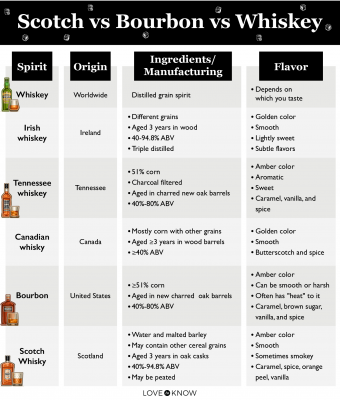
If you’re curious about the different types, here’s a quick rundown:
-
Single Malt Scotch: Made from 100% malted barley at one distillery. These are often complex, rich, and sometimes peaty.
-
Single Grain Scotch: Made from malted barley plus other grains, but still from a single distillery. Usually lighter and smoother.
-
Blended Scotch: A mix of malt and grain whiskies from different distilleries. These tend to be more balanced and approachable.
-
Bourbon: American whiskey with at least 51% corn, aged in new charred oak barrels. Sweet and full-bodied.
-
Rye Whiskey: At least 51% rye grain, spicy and peppery.
-
Irish Whiskey: Usually triple distilled, smooth and light.
When it comes to taste, Scotch and whiskey offer a whole spectrum. Scotch can be smoky, earthy, fruity, or floral depending on the region and aging. Whiskey flavors can swing from the sweet vanilla and caramel of Bourbon to the spicy punch of Rye. It’s a playground for your palate.
Drinking them? That’s personal. Some folks swear by neat pours to really savor the flavors. Others like a splash of water to open up the aromas. Ice can mellow the drink but might dilute those subtle notes. And don’t forget cocktails—whiskey is the backbone of classics like the Old Fashioned, Manhattan, and Rob Roy.
Before we wrap up, here are some common questions people ask:
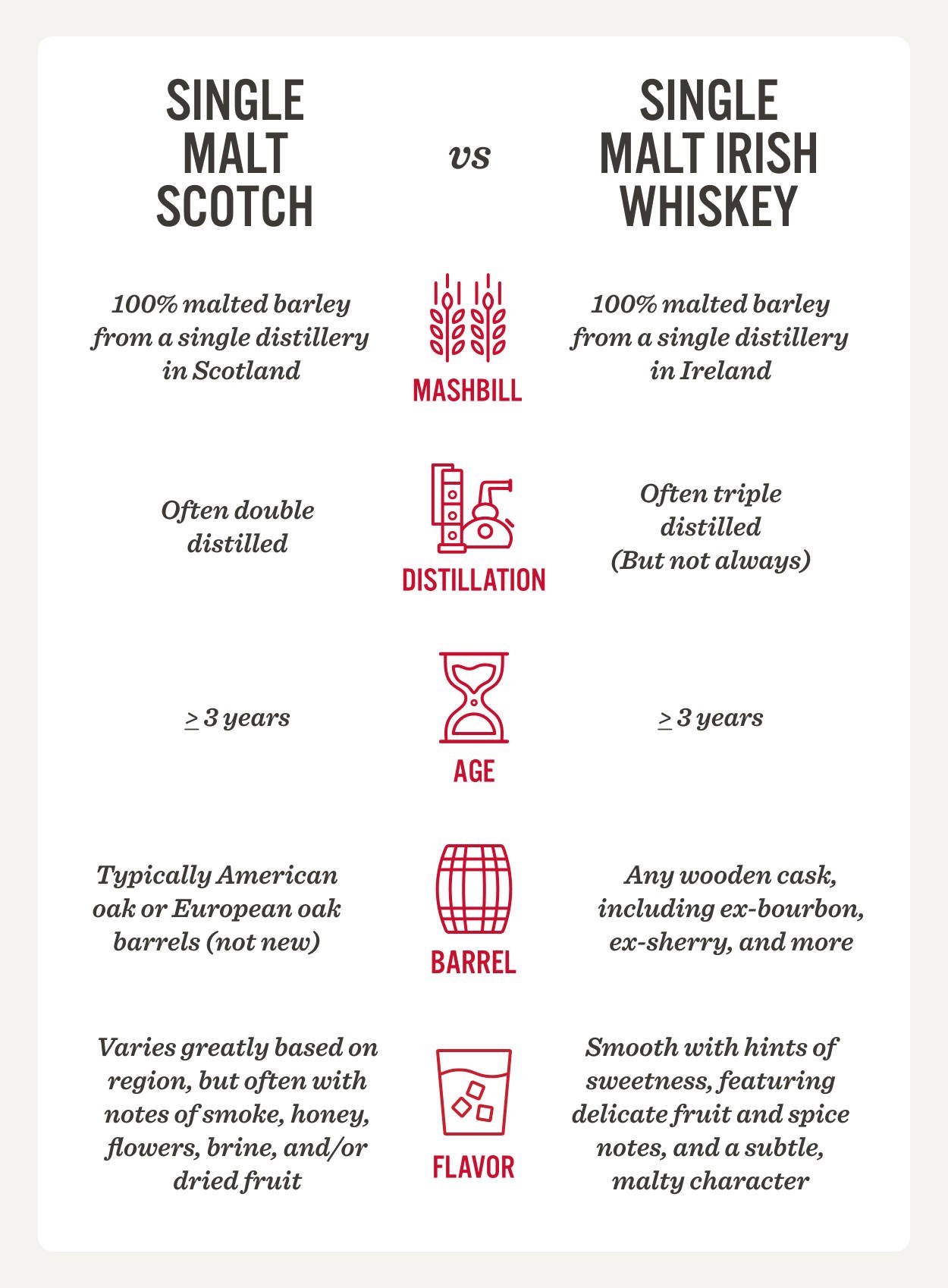
Is Scotch just a type of whiskey?
Yes! Think of Scotch as a special category within the whiskey family, with its own rules and traditions.
Why the spelling difference?
It’s mostly tradition and geography. Scotland and Canada go with “whisky,” while Ireland and the US use “whiskey.”
What makes Scotch smoky?
Peat fires used during the malting process. The smoke infuses the barley and gives that signature flavor.
How long does Scotch have to age?
At least three years in oak barrels, but many are aged much longer for richer taste.
Can Scotch be used in cocktails?
Definitely! While many enjoy it neat, Scotch works well in a variety of cocktails.

In the end, knowing the difference between whiskey and Scotch isn’t just about trivia—it’s about enhancing your drinking experience. Whether you’re sipping a smoky Islay single malt or enjoying a smooth Kentucky Bourbon, understanding what makes each unique lets you appreciate the craftsmanship and culture behind every bottle. So next time you pick up a bottle, you’ll know exactly what you’re getting into—and maybe even discover a new favorite along the way. Cheers!

